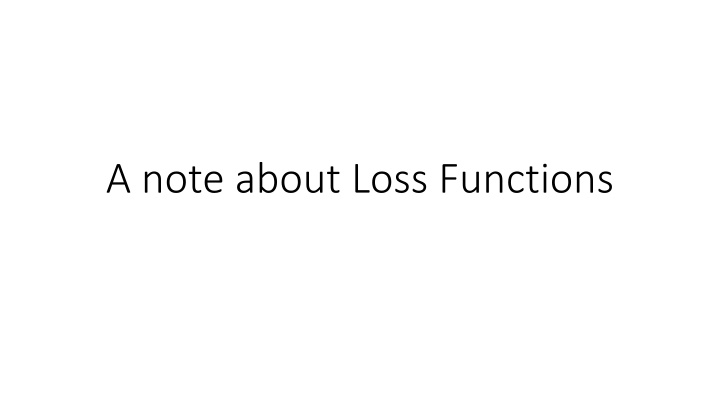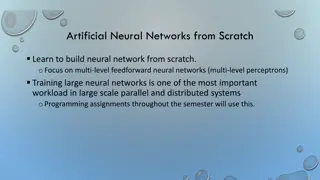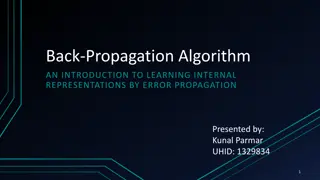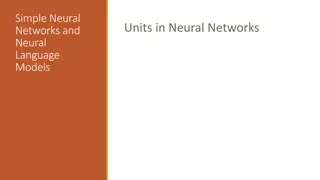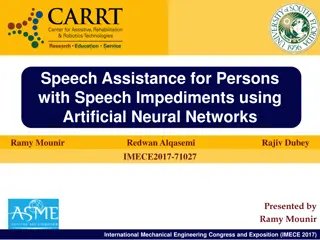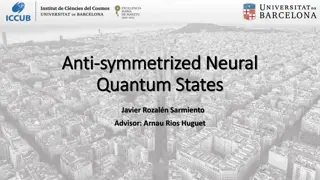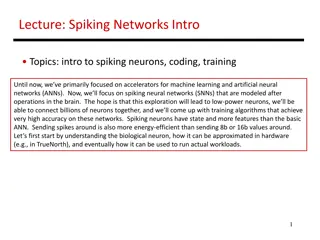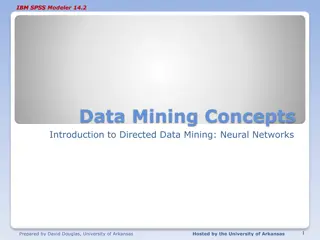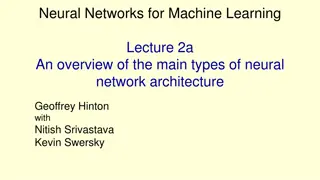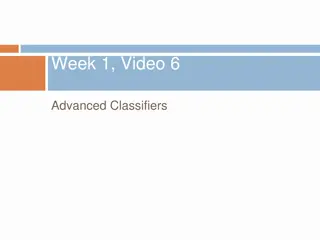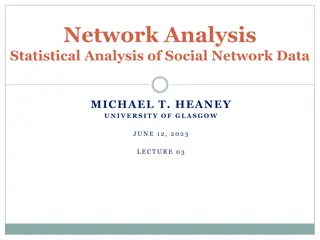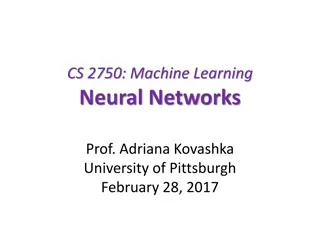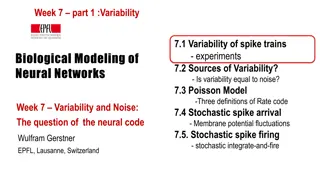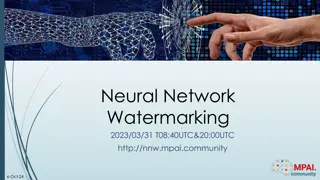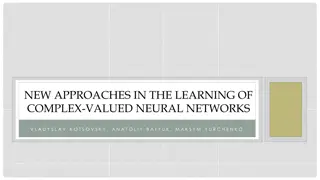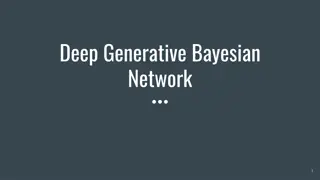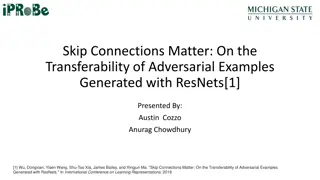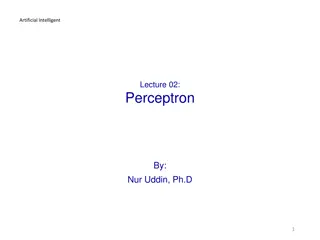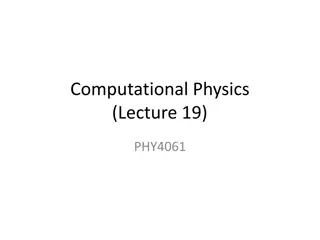Loss Functions in Neural Networks
Loss functions play a crucial role in neural network training, quantifying the error between predicted and actual values. Explore how entropy and information theory relate to the unpredictability of data, leading to deep dives into Mean Squared Error and Binary Cross Entropy loss functions.
Download Presentation

Please find below an Image/Link to download the presentation.
The content on the website is provided AS IS for your information and personal use only. It may not be sold, licensed, or shared on other websites without obtaining consent from the author.If you encounter any issues during the download, it is possible that the publisher has removed the file from their server.
You are allowed to download the files provided on this website for personal or commercial use, subject to the condition that they are used lawfully. All files are the property of their respective owners.
The content on the website is provided AS IS for your information and personal use only. It may not be sold, licensed, or shared on other websites without obtaining consent from the author.
E N D
Presentation Transcript
Detour to talk about Entropy Claude Shannon (1948) studied the size of information in a transmitted message (source: Wiki Entropy). Discussed Entropy as the measure of the amount of missing information before reception of the message. Consider a system with only two possible messages. If they are (both) equally probable, then the Entropy is given by: H(X) = - ( p(x1) log p(x1) + p(x2) log p(x2) )
Detour to talk about Entropy Given that they are equiprobable: H(X) = - ( p(x1) log p(x1) + p(x2) log p(x2) ) = - ( (0.5) Log (.5) + (0.5) Log (.5) ) = - ( (0.5) ( -1) + (0.5) (-1) ) = 1 This says that Entropy is maxed out (at 1) when outcomes are equally likely.
Detour to talk about Entropy Consider the case where ONLY x1 (or could have said only x2) happens. H(X) = - ( p(x1) log p(x1) + p (x2) log p(x2) ) = - ( (1) Log (1) + (0.0) Log (.0) ) = - ( (1) ( 0) + 0 ) = 0 This says that Entropy is zero when the outcome is fully predictable. If x1 were 90 percent likely, and x2 were 10 percent likely, entropy is low.
Detour to talk about Entropy So, Entropy is a measure of how unpredictable the situation is. The more unpredictability means more information is contained in the next data item. Now, we will proceed to discuss Loss Functions.
Loss Functions The job of the Loss Function is to represent the whole NN computation with a single number, such that as the number gets smaller, we can be confident that the NN is doing its job and succeeding at its task. Most of the time, in Classification or Detection problems, the task of the NN is simply to mimic the target ground truth information. This means that in the ultimate step of the computation (output layer), the result should be very close to what the training signal or target ground truth was. We saw in the Simple NN that the way that that was achieved was to simply subtract the result from the target, square that gap quantity (the answer from the subtraction) and then take half of it.
Loss Functions The approach in the previous Simple NN is a version of the Mean Squared Error loss. This has been a very popular Loss Function employed due to its conceptual simplicity. A more modern Loss Function is the Binary Cross Entropy loss that appears to speed up the convergence of the NN for binary Classification problems or simple Detection problems. The idea behind the BCEL is to have it judge whether the distribution of the target set has been mimicked sufficiently correctly by the NN. Hence, the two distributions need to be compared.
Loss Functions Given N samples of data, and y as the targets with as the NN s results, then the BCEL is: a
The Binary Cross Entropy Loss Let us examine the BCEL. Because we have a binary classifier, we will assume that if Class 1 is present, then the value of y is one, and (1 - y ) is zero; when Class 1 is absent, the y is zero and (1 - y ) is now one. When Class 1 is present, the expression simplifies to negative log of the NN s result. If the NN s result is close to 1, this leads to a low positive value from the negative log, which is how it should be. If the NN s result is close to zero (in disagreement with the target), this will lead to a high positive value., which is correct behavior, in keeping with the disagreement. When Class 1 is absent, the expression simplifies to negative log of 1 minus the NN s result. When the NN s result is low (in agreement with the target), then 1 minus this value will be close to 1, resulting in a low penalty score. If the NN s result is close to 1 (disagreeing with the target), 1 minus this value will be small, resulting in a large penalty. Note: in this discussion, the NN s result is
